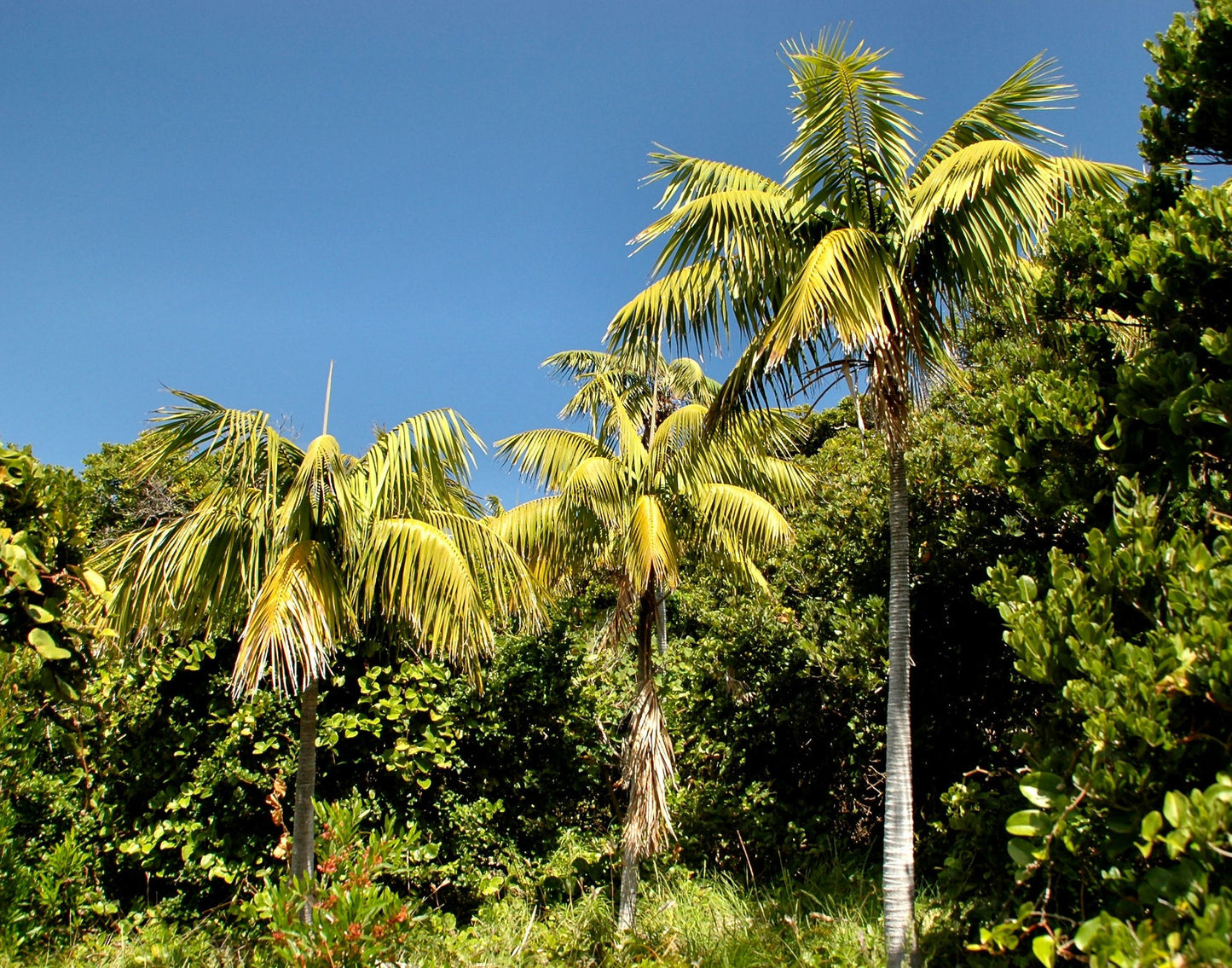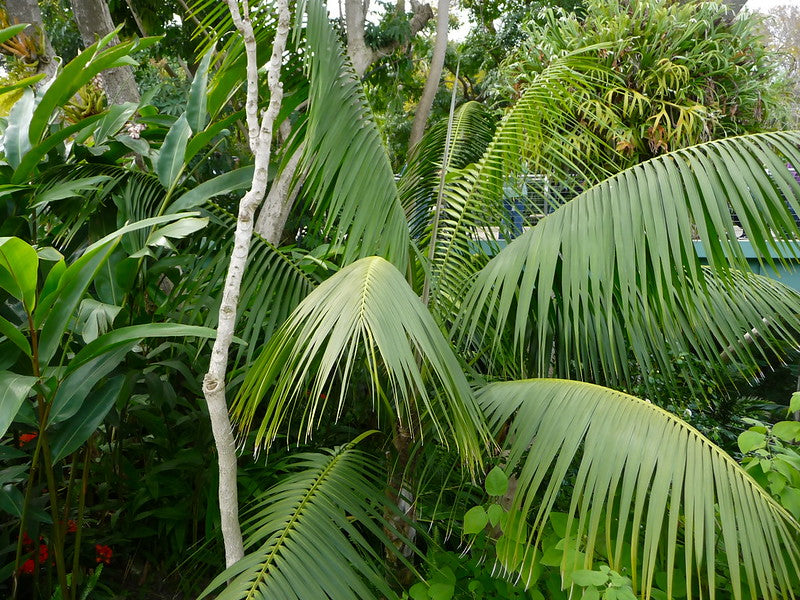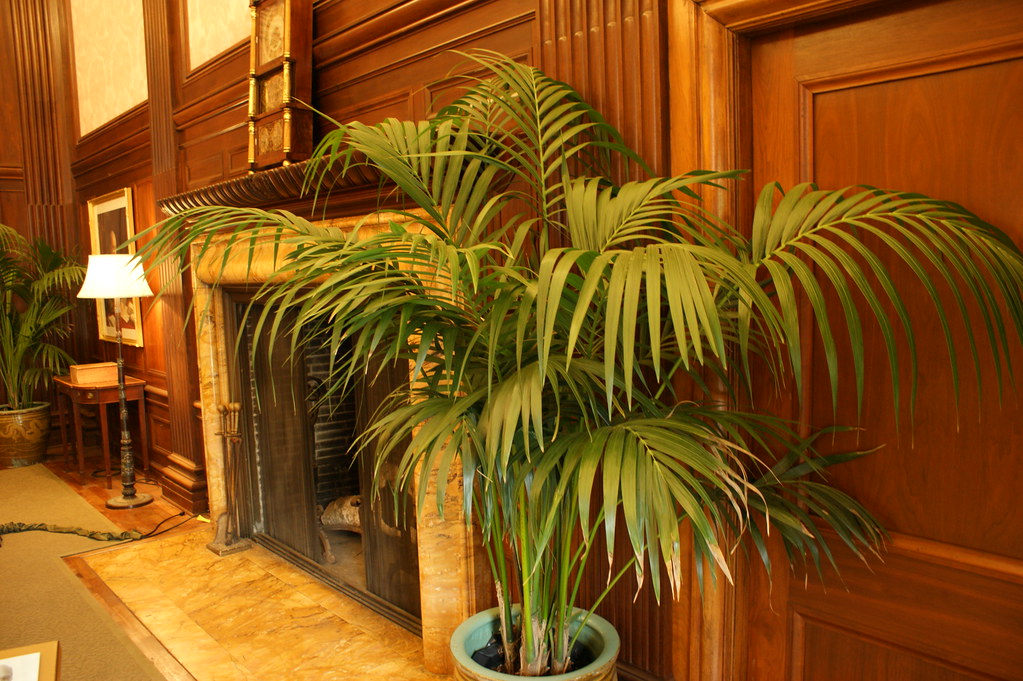Floridaseeds
Kentia Palm Sentry Palm Howea forsteriana 10 Seeds USA Company
Kentia Palm Sentry Palm Howea forsteriana 10 Seeds USA Company
Couldn't load pickup availability
Howea forsteriana, commonly known as the Kentia palm or the Sentry palm, is a species of palm tree native to Lord Howe Island, an isolated island in the Pacific Ocean. Here's a description of the plant:
Appearance: Howea forsteriana is a graceful and elegant palm tree with a slender trunk that grows up to 10 meters (33 feet) tall in its natural habitat. In cultivation, it typically reaches heights of around 2-3 meters (6-10 feet) indoors, although it can grow taller when planted outdoors in tropical or subtropical climates. The trunk is smooth and grey, topped with a crown of arching, feather-like fronds.
Leaves: The leaves of the Kentia palm are pinnate, meaning they are arranged like a feather along a central axis. Each leaf is composed of numerous dark green leaflets that are arranged in a graceful, arching pattern. The fronds can reach lengths of up to 3 meters (10 feet) in ideal growing conditions.
Flowers and Fruit: Howea forsteriana produces small, creamy-white flowers that grow in clusters on long, branched stalks emerging from the base of the crown. However, flowering is relatively rare in indoor specimens. The flowers are followed by small, round fruits that turn from green to black when ripe, although fruit production is also uncommon in cultivation.
Cultural Significance: The Kentia palm is highly valued as an ornamental plant and is widely cultivated as a houseplant or for landscaping purposes in tropical and subtropical regions worldwide. Its graceful appearance and adaptability to indoor conditions make it a popular choice for interior decoration, particularly in offices, malls, and public spaces.
Care Requirements: Howea forsteriana is relatively low-maintenance and tolerant of a wide range of growing conditions. It prefers bright, indirect light but can tolerate lower light levels. It also prefers well-draining soil and regular watering, allowing the soil to dry out slightly between waterings. It is sensitive to overwatering, so it's important not to let the roots sit in water.
Propagation: Kentia palms can be propagated from seeds, although they are slow-growing and can take several years to reach maturity. They can also be propagated by division, although this method is less common due to the plant's slow growth rate.
Materials
Materials
Shipping & Returns
Shipping & Returns
Dimensions
Dimensions
Care Instructions
Care Instructions
Share










